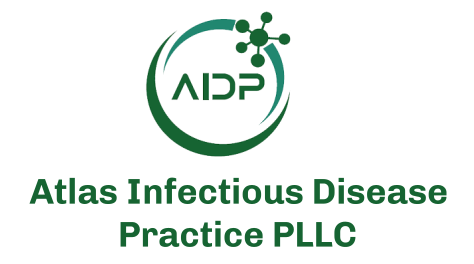A large real-world retrospective cohort study presented at MAD-ID 2025 by Tiffany Lee, PharmD, an infectious diseases pharmacist at InsightRX, evaluated the impact of vancomycin loading doses on pharmacokinetic target attainment and safety outcomes. This multi-center analysis spanned 61,155 patient encounters across 158 organizations, making it one of the largest investigations to date on vancomycin dosing strategies in clinical practice.
Patients who received a vancomycin loading dose, defined as ≥250 mg or ≥5 mg/kg larger than the second dose, achieved therapeutic exposure significantly faster than those who did not receive loading doses (median 21.32 hours vs 35.83 hours, p<.05). In addition to faster target attainment, patients in the loading dose group had higher rates of AUC target attainment across all measured intervals, particularly with loading doses in the 25–30 mg/kg range, which yielded attainment rates between 72.3% and 75%.
Crucially, loading doses were not associated with increased risk of acute kidney injury (AKI). AKI occurred slightly less frequently in the loading dose group (10.86%) compared to those who did not receive a loading dose (11.65%), a statistically significant finding (p<.05).
Commenting on the rationale behind these results, Lee explained,“I do think that these loading doses are strategically and intentionally used to front-load exposure in the early kind of critical window of therapy, especially if there is a concern for bacterial burden being extra high… before, kind of in the phase of a treatment course, where drug accumulation starts to become more of a real concern.”
She continued,“With drug accumulation, that is kind of really where that risk of toxicity starts to come to a head… But when you start to kind of throw in the concept of modeling and being able to adjust the dosing and the timing… with the use of a Bayesian platform, that really unlocks the ability for a clinician to both accurately and, more importantly, proactively adjust these maintenance doses in response to changing patient characteristics.”
The findings are especially relevant in the care of critically ill and high-risk patients, where the benefits of rapid exposure may outweigh perceived risks.“I would argue that those patients are going to be the folks who you really want to get to a therapeutic exposure sooner than later—certainly in folks with confirmed MRSA, or again, in patients with a high microbial burden of infection,” Lee said. “Getting to—or any delays in getting to—a therapeutic exposure… could, in theory, lead to worse clinical outcomes.”
She also noted that clinical hesitation regarding high up-front doses remains common.“We’ve been hearing a lot of feedback from pharmacists as well as different providers that there is this general hesitancy of using a loading dose… So we would hope that our findings help kind of give some more confidence to those providers… to again feel a bit more informed about the amount of loading doses to be used and if loading doses should be used at all.”
When asked about whether there are patient populations that may still require caution, Lee acknowledged the limitations of the study.“In our analysis, we were not able to identify any subpopulation where there was a heightened safety signal… However, that being said, our analysis was limited in that it was a retrospective analysis, and we didn’t have the full clinical picture for everyone.”
She added, “If they had concomitant nephrotoxins, or if they were part of a certain subgroup—could there have been a signal? Possibly. But we just don’t know that yet from our analysis.”
Despite this, Lee emphasized that loading doses are best reserved for scenarios involving urgent clinical need.“Certainly in low-acuity cases or folks with very low risk of MRSA, maybe the use of a loading dose isn’t quite as compelling… But again, in those that you really need to get to a therapeutic level sooner than later, use of a loading dose should be pretty good there.”






